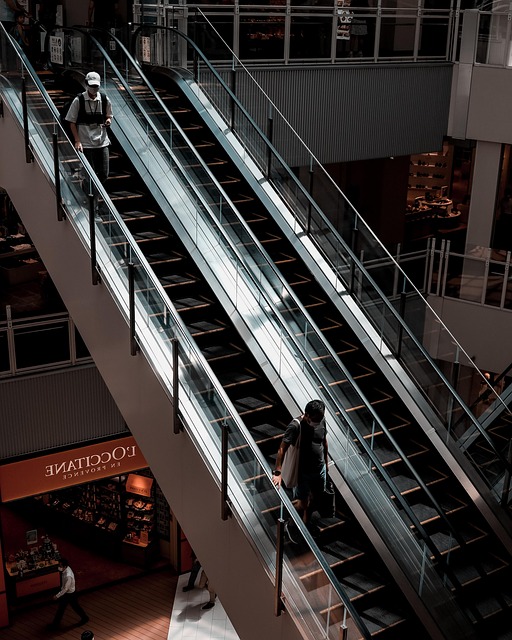The retail sector is undergoing a significant transformation, with traditional stores evolving into hybrid spaces that blend shopping with entertainment to cater to changing consumer preferences and urban living dynamics. This trend is driven by experiential retail, interactive displays, and themed areas, fostering community and brand loyalty. In real estate, mixed-use developments integrate residential, commercial, and entertainment spaces, offering convenience, accessibility, and diverse amenities, thereby enhancing urban quality of life, sustainability, and economic vitality. Global case studies demonstrate the success of blending retail with entertainment, such as theme parks or interactive attractions within shopping malls, which attract substantial foot traffic and increase revenue.
Mixed retail and entertainment concepts are reshaping urban landscapes, blurring the lines between shopping and leisure. This article explores the evolution of retail spaces through hybrid models, examining successful case studies and the benefits for developers, businesses, and consumers alike. We delve into strategic considerations for optimal locations, analyzing urban vs. suburban settings and integration with local communities. Additionally, we discuss innovative design strategies that transform these spaces into immersive experiences, driving foot traffic and fostering customer loyalty in today’s competitive market. Key focus: real estate as the foundation of successful mixed concepts.
The Evolution of Retail Spaces: Embracing Hybrid Models

The retail landscape is undergoing a significant transformation, driven by evolving consumer preferences and technological advancements. Traditional brick-and-mortar stores are no longer solely about selling products; they’re becoming hybrid spaces that seamlessly blend shopping with entertainment. This evolution in real estate concepts is a response to the changing dynamics of urban living and the rise of experiential retail. By integrating entertainment elements, retailers are creating engaging environments that cater to a wide range of customer needs and desires.
Hybrid models offer a unique opportunity to capture a broader audience, encouraging visits beyond the typical shopping motivation. These spaces often feature interactive displays, themed areas, and pop-up events, fostering a sense of discovery and community. The success of such concepts lies in their ability to provide memorable experiences, enhancing the overall customer journey and potentially increasing brand loyalty. This shift in retail strategy is not only redefining how we interact with stores but also shaping urban spaces into vibrant hubs that cater to modern lifestyles.
– Exploring the rise of mixed-use developments

The concept of mixed-use developments has been gaining traction in the real estate world, revolutionizing urban landscapes. These innovative projects seamlessly blend residential, commercial, and entertainment spaces, offering a dynamic lifestyle for occupants and visitors alike. The rise of such concepts is driven by the changing needs of modern urban dwellers who seek convenience, accessibility, and diverse amenities within their immediate environments.
Mixed-use developments provide a unique opportunity to create vibrant communities where people can live, work, and play without the need for lengthy commutes or multiple locations. By integrating entertainment options like restaurants, cafes, retail stores, and leisure facilities, these projects cater to everyday needs and desires, fostering a sense of community and enhancing the overall quality of life. This integrated approach not only promotes sustainable living but also contributes to the economic vitality of urban areas, making them more desirable and competitive in today’s market.
– Case studies: Successful retail and entertainment hybrids

In the dynamic landscape of real estate, the integration of retail and entertainment spaces has proven to be a successful strategy for many businesses. Case studies from around the globe illustrate this trend effectively. For instance, the development of mixed-use complexes that blend shopping malls with theme parks or interactive attractions has attracted significant foot traffic and generated higher revenue. These hybrid concepts offer visitors a unique experience by combining retail therapy with entertaining activities under one roof.
One notable example is the creation of lifestyle centers in urban areas, where retail stores, restaurants, and entertainment venues like cinemas or bowling alleys coexist. This approach not only enhances the customer experience but also increases the longevity of these spaces. By appealing to a broader demographic, these mixed concepts ensure that both local residents and tourists alike have multiple reasons to visit, fostering a vibrant atmosphere and boosting local economies.






